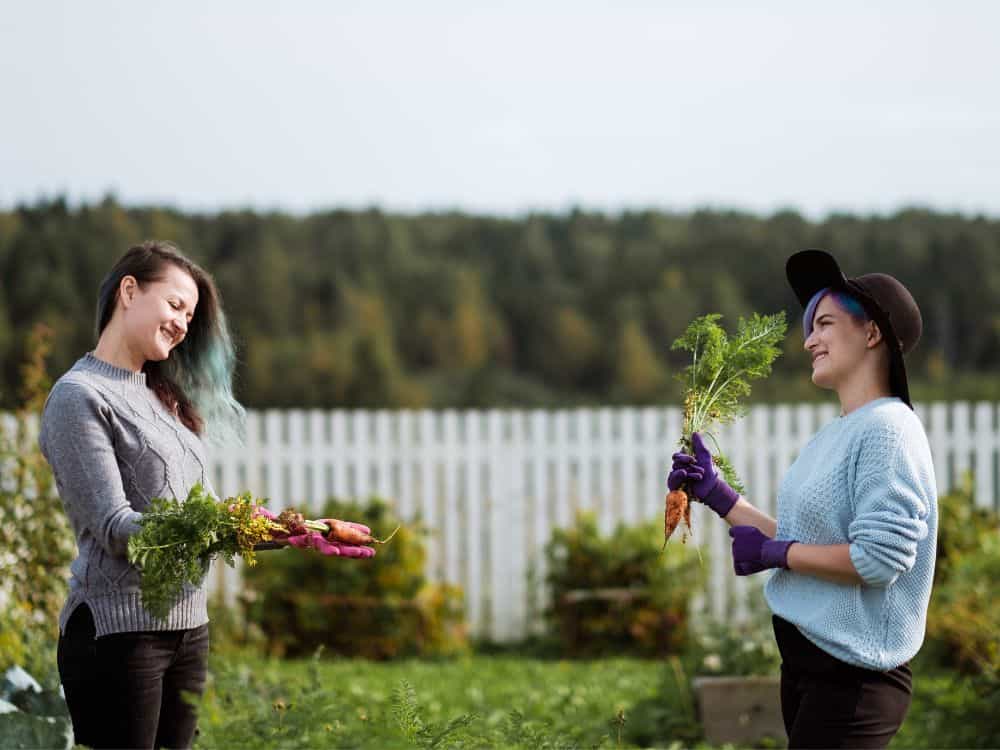Have you ever wondered how to make vinegar at home? Making your own vinegar can be a rewarding and fun project, not to mention a cost-effective way to have a constant supply of this versatile ingredient. Whether you’re a homestead dreamer or just someone interested in DIY projects, creating vinegar at home is an achievable task that adds a personal touch to your kitchen pantry.
Vinegar is an indispensable ingredient in cooking, cleaning, and even preserving food. Many homesteaders find it essential to understand how to make vinegar at home, as it aligns perfectly with the principles of self-sufficiency and sustainability. In this guide, we will explore the step-by-step process of making vinegar, essential equipment needed, and some tips to ensure success.

Understanding Vinegar
What is Vinegar?
Vinegar is a sour liquid produced by the fermentation of ethanol by acetic acid bacteria. It’s a key component in many culinary applications, offering both flavor and preservative qualities. The process of making vinegar involves converting alcohol into acetic acid, giving vinegar its distinctive tang.
Types of Vinegar
There are various types of vinegar available, each with unique flavors and uses. Some popular types include apple cider vinegar, white vinegar, balsamic vinegar, and wine vinegar. Learning to make your own allows for experimentation with different flavors.
Why Make Vinegar at Home?
Cost-Effective
Making vinegar at home is often more economical than purchasing it from the store. By using leftover wine, fruit scraps, or even stale beer, you can create a unique and flavorful vinegar without significant expenses.
Customization
Homemade vinegar allows you to tailor the flavor profile to your taste preferences. Experiment with different fruits, herbs, and spices to create a signature vinegar that suits your culinary needs.
Sustainability
For homesteaders, learning how to make vinegar at home is a step towards reducing waste and promoting sustainability. Utilizing kitchen scraps and avoiding commercial packaging contribute to a more sustainable lifestyle. Learn more about reducing waste on the homestead here.
Getting Started
Essential Equipment
To make vinegar at home, you’ll need a few essential items:
- Glass jar or crock
- Cheesecloth or coffee filter
- Rubber band or string
- Spoon
- Measuring cup
- Strainer
Choosing Ingredients
The base for your vinegar can be wine, beer, cider, or fruit juice. Ensure that your chosen ingredient contains natural sugars or alcohol, as these are essential for the fermentation process.
The Fermentation Process
Step 1: Prepare the Base
Pour your chosen liquid into a clean glass jar or crock. If using fruit, mash it slightly to release the juices. Cover the container with cheesecloth or a coffee filter, securing it with a rubber band or string.
Step 2: Allow Fermentation
Place the container in a warm, dark place to ferment. This process can take anywhere from 3 weeks to 6 months, depending on the environmental conditions and base ingredients.
Step 3: Monitor the Progress
Check the vinegar every few weeks. You’ll notice a gelatinous film, known as the ‘mother,’ forming on the surface. This is a sign that fermentation is occurring.
Finishing Touches
Filtering and Bottling
Once the vinegar reaches the desired acidity, strain it through a fine mesh or cheesecloth to remove any solids. Transfer the filtered vinegar into clean bottles for storage.
Storage Tips
Store your homemade vinegar in a cool, dark place. Properly sealed, it can last indefinitely, although it’s best used within a year for optimal flavor.
Experimentation and Tips
Adding Flavors
Enhance your homemade vinegar by infusing it with herbs, spices, or fruits. Popular flavors include rosemary, garlic, and berries.
Troubleshooting
If your vinegar develops an off smell or mold, discard it and start again. Ensure all equipment is thoroughly cleaned and sanitized to prevent contamination.

Frequently Asked Questions
What is the ‘mother’ in vinegar?
The ‘mother’ is a combination of cellulose and acetic acid bacteria that forms naturally during fermentation. It’s harmless and can be used to start a new batch of vinegar.
Can I use any type of alcohol to make vinegar?
Yes, any alcohol-containing liquid can be used to make vinegar, including wine, beer, or cider. The key is to have a sufficient concentration of alcohol for the acetic acid bacteria to convert into vinegar.
Why is my vinegar cloudy?
Cloudiness in vinegar is normal, especially in homemade varieties. It can be due to the presence of the ‘mother’ or residual fruit particles. Filtering can help if clarity is desired.
For those interested in diving deeper into the world of DIY projects, consider exploring homesteading and other self-sufficient living practices. Making vinegar at home is just one of the many ways you can embrace a more sustainable and rewarding lifestyle. Happy fermenting!





